Taking off your bra after a long day is a hard feeling to beat — but what if that euphoric sense of relief is actually a huge red flag? We’ve come a long way from the corsetry of the 1800s and the bullet bras of the 1950s, so why should taking off your bra in the 21st century still feel like releasing your body from an elastic and steel wire cage? Shouldn’t we be a little more comfortable? Yes.
Whether you’re a daily bra wearer or someone who only busts out the underwire for special occasions, there’s no reason why our intimate wear shouldn’t feel just as good as (if not better than) going au naturale. While finding a bra that fits this bill might seem impossible, it’s easier than you might think with a few handy measurements and some guidance.
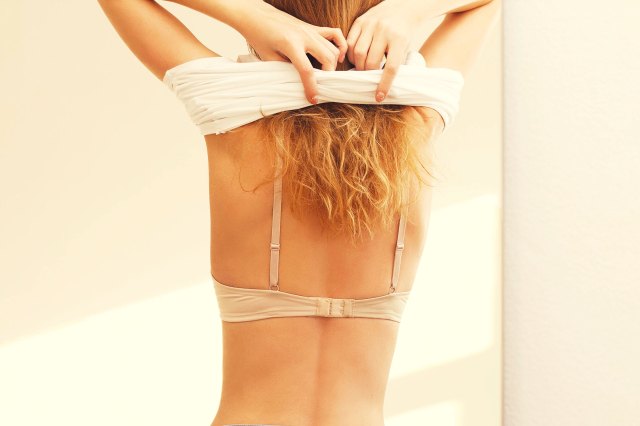
Find the Right Measurements
The most critical step in finding a better bra is gathering accurate measurements — as in, your measurements today, not the ones from when you bought the trusty bra you’ve been wearing for the last 10 (or more) years. Use a tape measure to find your band and cup measurements, then use a bra size chart or calculator to determine your perfect fit. If this seems a bit overwhelming, head to a bra store and see a professional bra fitter for help!
To find your band size, wrap a tape measure (or a piece of string or yarn) around your ribcage below your bust, where a bra band would naturally sit. Keep the tape level and snug but not tight. Take a deep breath in and out to make sure it’s in a comfortable spot. Round up your measurement in inches to the nearest even number.
To find your cup size, put on your favorite unpadded bra, and wrap your tape measure around the widest part of your bust line. (Wearing a go-to bra helps you get a better idea of where you’d like your bust to sit.) Again, keep the tape level but not too tight. Jot down this measurement alongside your band size.
Using a bra size chart or online calculator, find your standard size. This should only be used as a starting point; since sizing varies from brand to brand and body to body, it may take some trial and error to find your perfect fit.
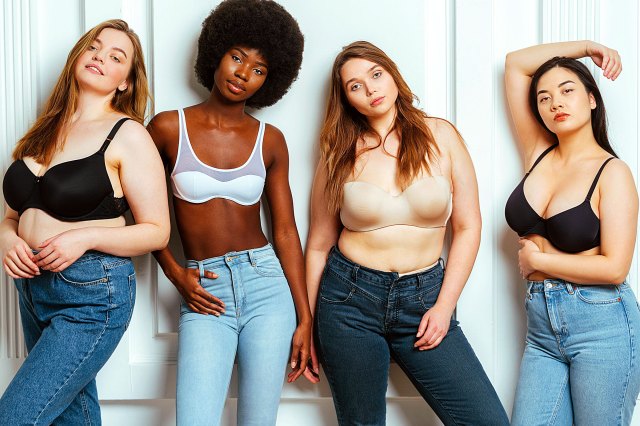
Keep Your Sister Size in Mind
Standardized bra sizes are a helpful guidepost, but they can’t account for every body type. If your cup or band measurement is hard to find, you might need a sister size. Sister sizes account for differences in cup volume and can be found by either increasing the band size and decreasing the cup size by one, or vice versa.
For example, if you feel most comfortable in a 40D band but the cups are too large for your breasts, or you’re having trouble finding the perfect bra, you might be just as (if not more) comfortable in a 42C. Similarly, if your breasts fit perfectly in a 38C but the band is too loose around your ribcage, you might try a 34D. Any time you change your band size by a certain increment, adjust your cup letter the same amount in the opposite direction.
It’s also worth noting that there are different size standards for Europe and the U.K. Sizes A-DD are pretty much the same. But after a DD, things get a little different. For example, you won’t see a U.S.-popular DDD but you will find an equivalent E. Things go off the rails a bit from there and the upper sizes are a lot different. Use a U.S.-to-U.K. calculator to help! Don’t stress about the number or letter being larger or smaller. It’s just a size, and how you feel in it is most important.
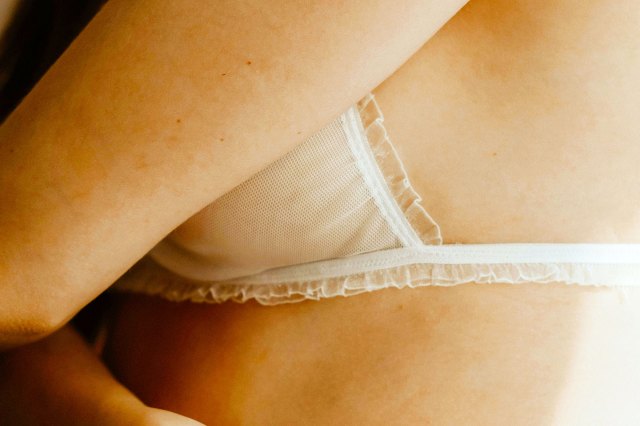
Select the Appropriate Function for You
No matter how perfectly your bra fits, if it doesn’t fulfill the function you need it to perform day in and day out, then it’s a waste of money. But in the seemingly endless world of bras and bralettes, it can be difficult to know which is right for you. Before you go searching, take some time to consider what you need it for in the first place: Support? Compression? Lift?
For everyday support without extra compression, opt for underwire or T-shirt bras that lift and smooth the silhouette. Those who are looking for even sturdier support and stability might prefer a full-figure bra that features wider cups to prevent spill-over and thicker straps to ease back pain. Sports bras are another great option for all-day support with added compression power.
For smaller cup sizes or those who don’t wear bras often, you might not need (or want) the extra support of underwire. In this case, sports bras’ less compressive counterparts, bralettes, are a great option that subtly smooth the silhouette without hugging too tight. On the opposite end of the spectrum, push-up and padded bras help provide the illusion of a fuller bust, if that’s the look and feel you want.
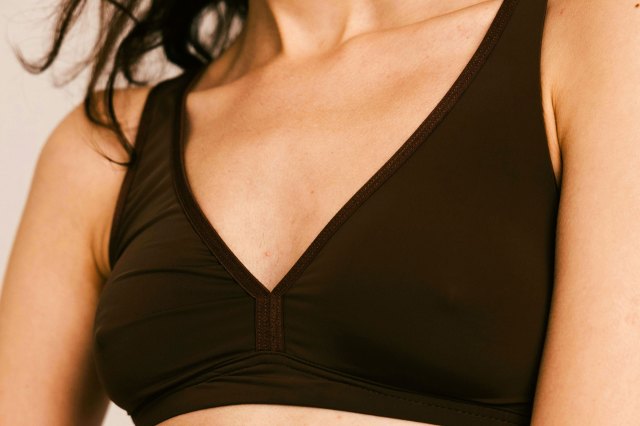
Choose the Best Material
Next on the “perfect bra” checklist is looking at the material. If you’re online shopping, this might mean diving into the product descriptions to find the listed fabrics. Generally speaking, cotton and jersey bras offer maximum softness, breathability, and durability. Microfiber is also incredibly smooth and silky to the touch, though this material can stretch and grow less supportive over time. The ideal fabric for you ultimately depends on your life, natural body temperature, and preferred comfort throughout the day.
Silk and satin are luxurious and sexy but not always the best in terms of elasticity and support. Other elastic fabrics like spandex, nylon, and polyester can offer greater compression but are less breathable, making them less ideal for those who spend a lot of time in the heat or are prone to overheating. Determine the best fabric for your body by taking your personal preferences and daily life into account.
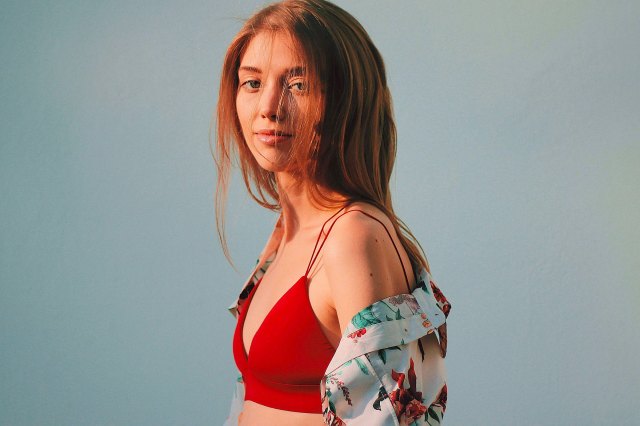
Identify Red and Green Flags Before Buying
Once you have your general size range and ideal function and fabric types, it’s time to shop. Sometimes, it takes several tries to find the right fit for the shape of your breasts, so be prepared to try on and return a few bras before settling on the perfect find. While you’re experimenting, keep an eye out for these red and green flags.
Red flags: It’s time to look for a new bra if…
- Your skin feels tightly squeezed, pinched, or pulled. (The band size is too small.)
- The bra lifts when you raise your hands above your head. (The band size is too big.)
- There is a gap between your breast and the cup. (The bust size is too big.)
- Your breasts spill over any part of the cup. (The bust size is too small.)
- You can’t comfortably fit two fingers under the straps.
Green flags: You might’ve found your perfect bra if…
- Your breasts sit comfortably in the cups without spillage or gapping.
- You feel supported without feeling constricted or pinched.
- The gore (fabric in between the cups) sits flat on your ribcage.
- The fabric feels pleasing to the touch.
- You feel good wearing it!
That last green flag is the most important to look for: If a bra makes you feel like a million bucks, that’s the perfect one for you. Don’t be discouraged if it takes two, three, or even four or five tries to find intimate wear that meets your criteria. Not all bras or the bodies that wear them are made the same, and finding what works best requires some experimentation.
By determining your standard size and working within a few sizes above and below that (depending on the brand), digging deeper into the construction and material, and taking the time to try multiple options, you’ll find your perfect bra in no time — one that feels just as good to put on as it does to take off at the end of the day.
This article is for general informational purposes only.
Affiliate Disclaimer Medical Disclaimer



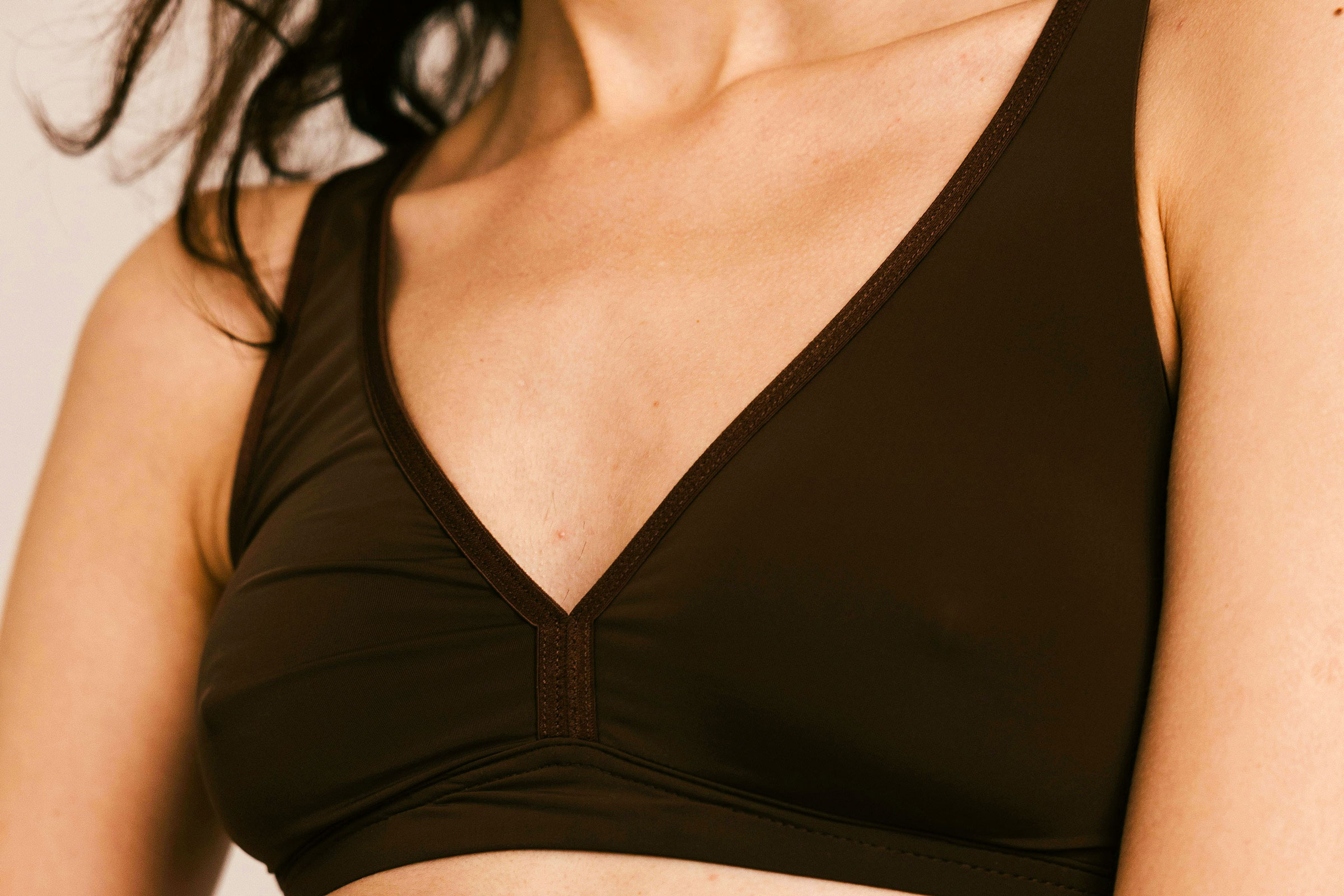

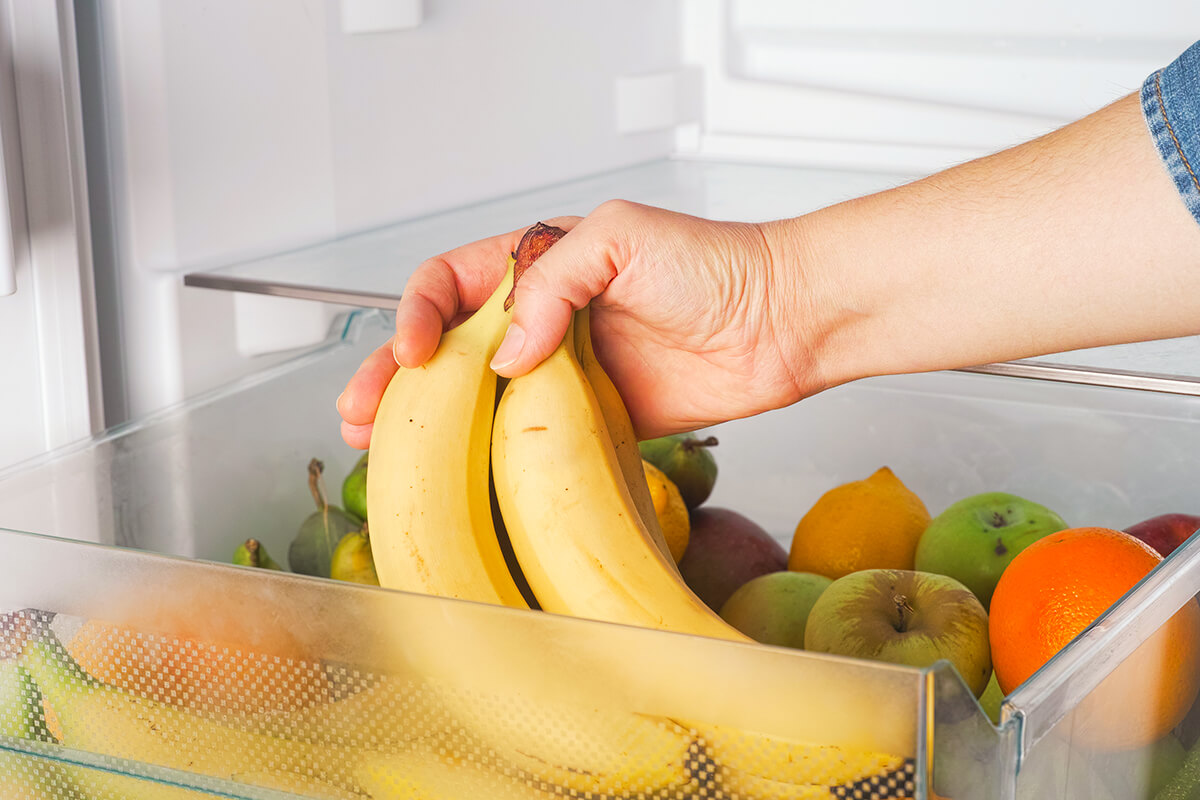
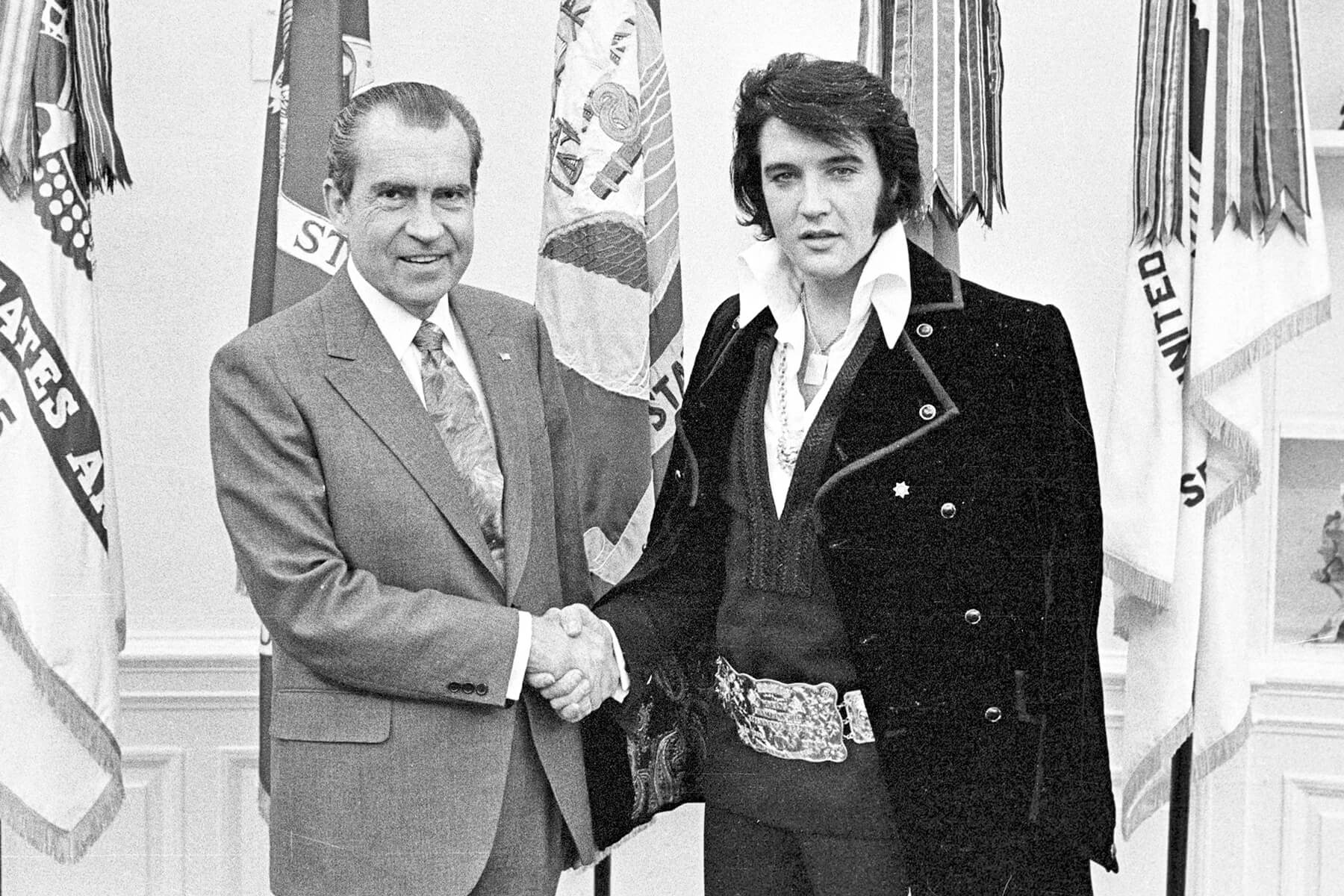
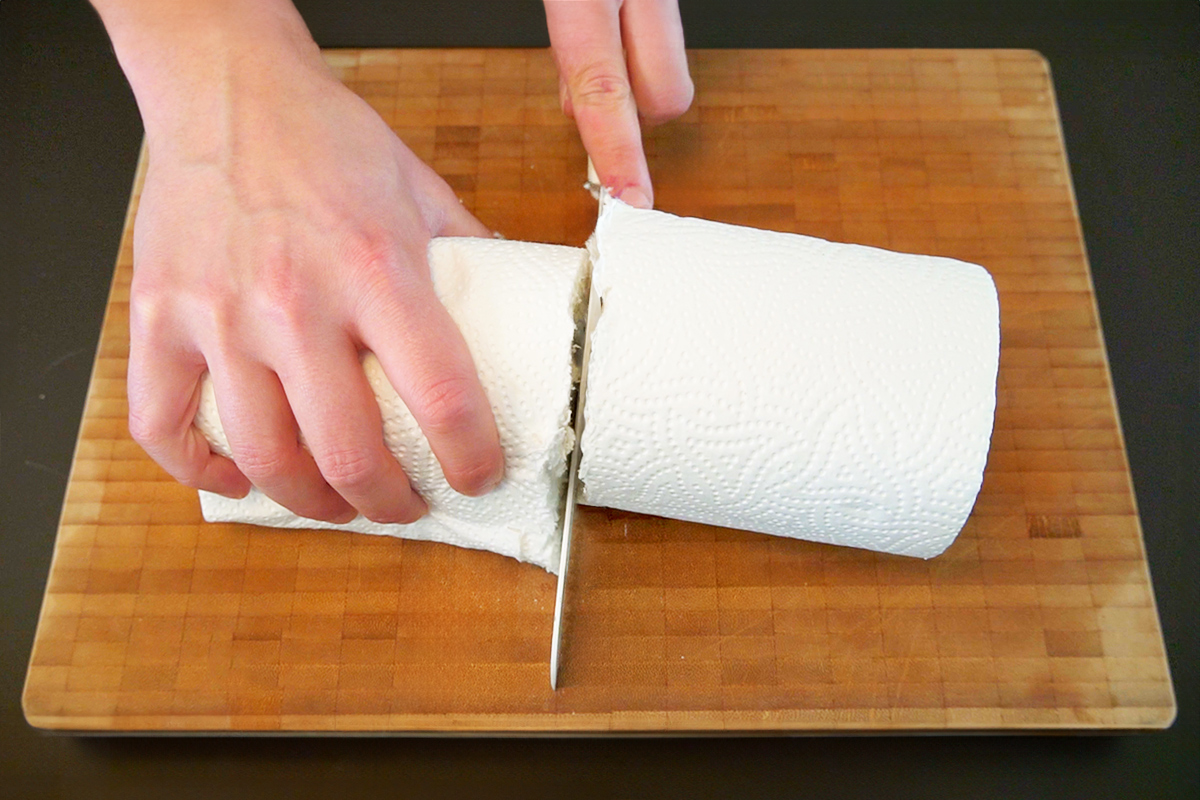
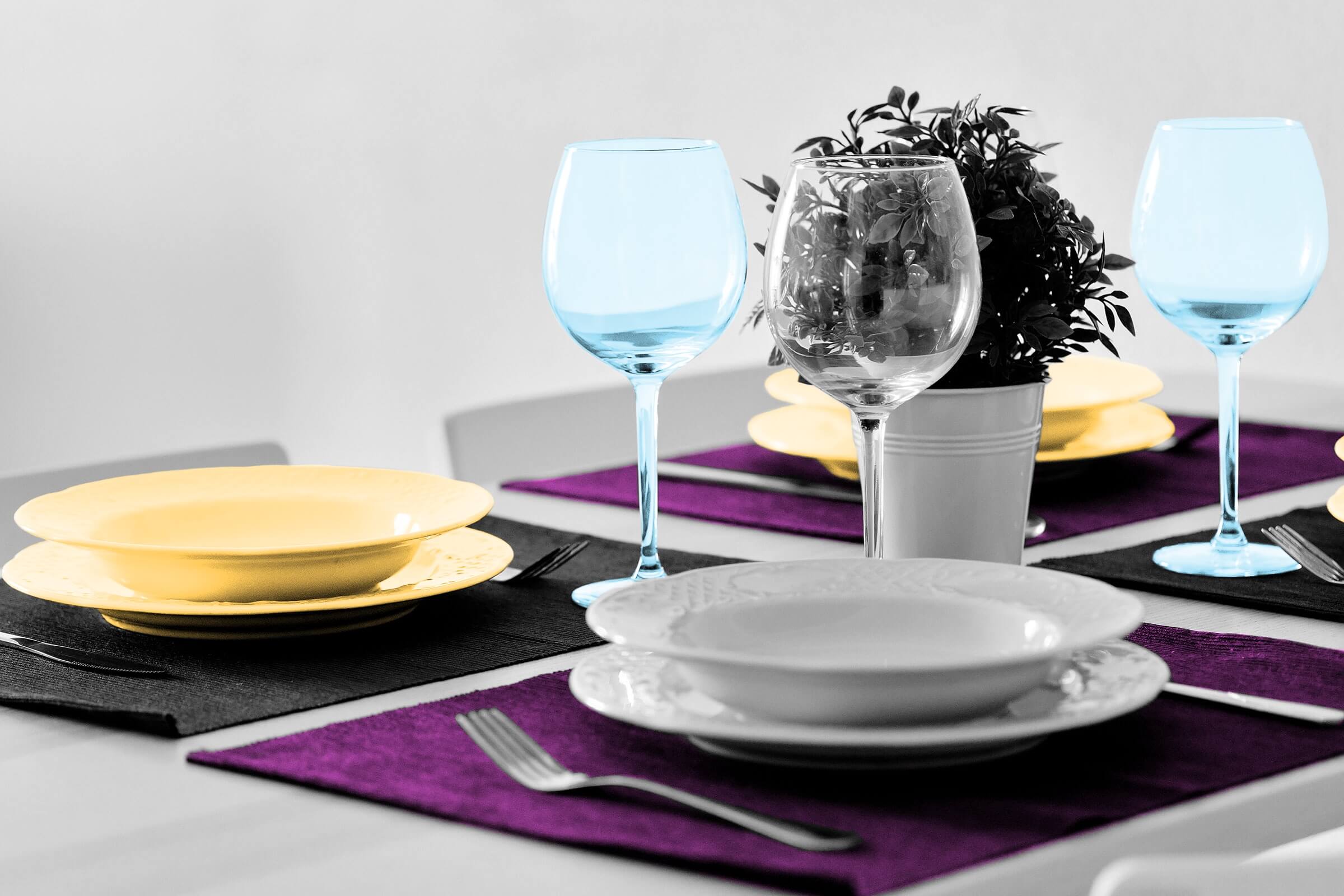
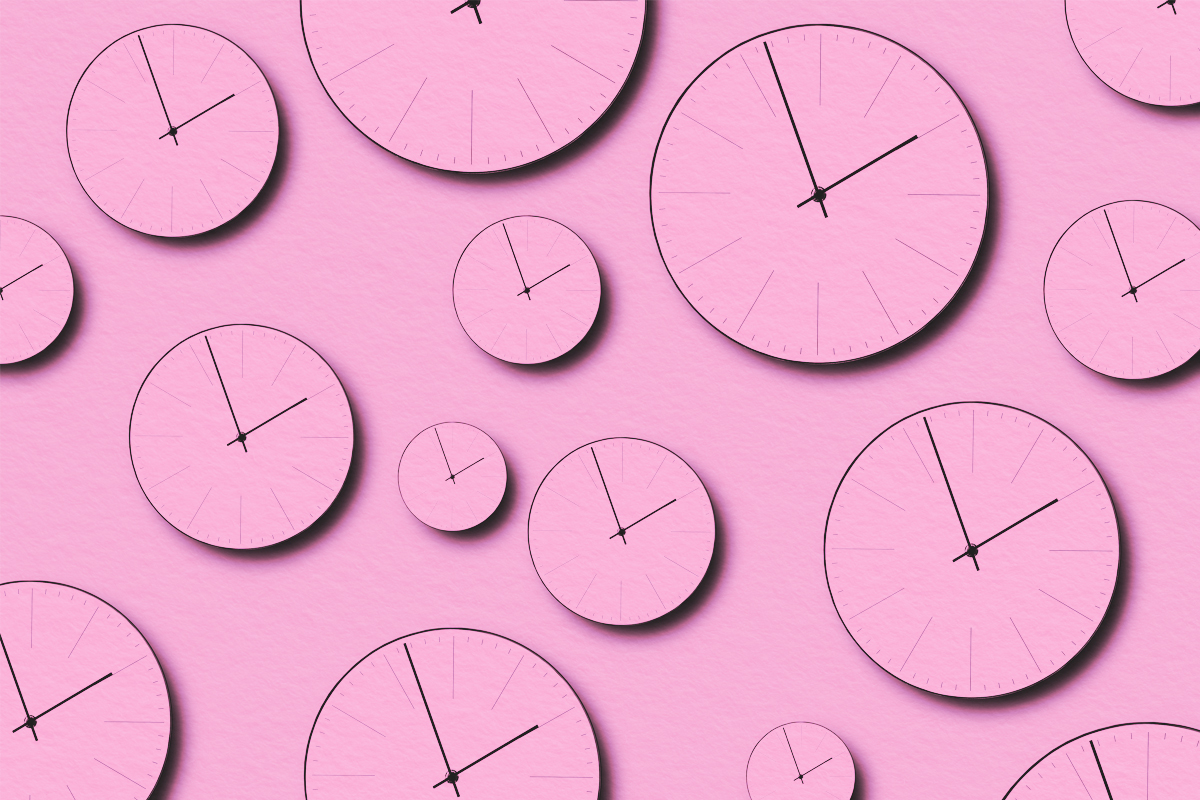
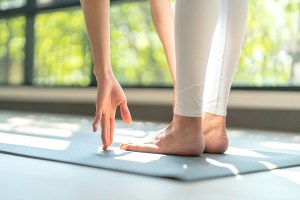
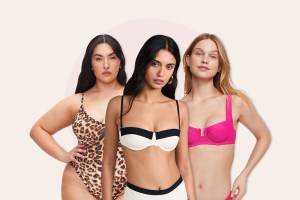


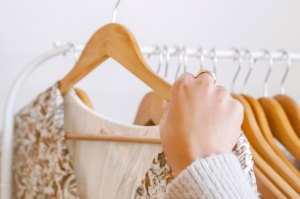

 Unique Beauty is free for all users.
Unique Beauty is free for all users.